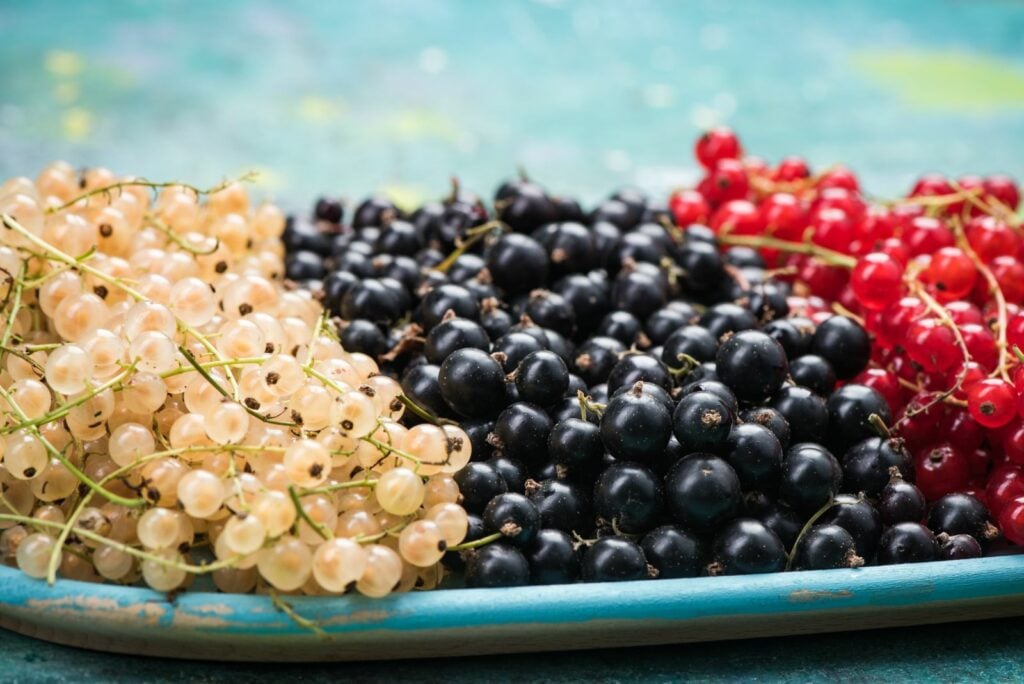Table of Contents
Blackcurrant, also known as cassis, is the most popular fruit plant in the gardens of the United Kingdom. Blackcurrant bushes are peculiar to the temperature regions of Eurasia, and their growth is wild from the Himalayas to the area of France.
Growing Blackcurrant bushes in your garden are the best choice. These can be harvested in various environments and even provide many outcomes in a short amount of area. If you trim the blackcurrant bushes timely, it will surely achieve the most outstanding results.
When the stems of the blackcurrant bushes are 2 to 3 years old, they produce the fruits in high quantities. The reason behind this is that the 2-year-old wood is grey; on the other hand, the young planted tree is of rusty brown colour. So, an unpruned mature plant automatically produces less and is even the least productive. So, let’s look at how and when to prune blackcurrants in the UK.
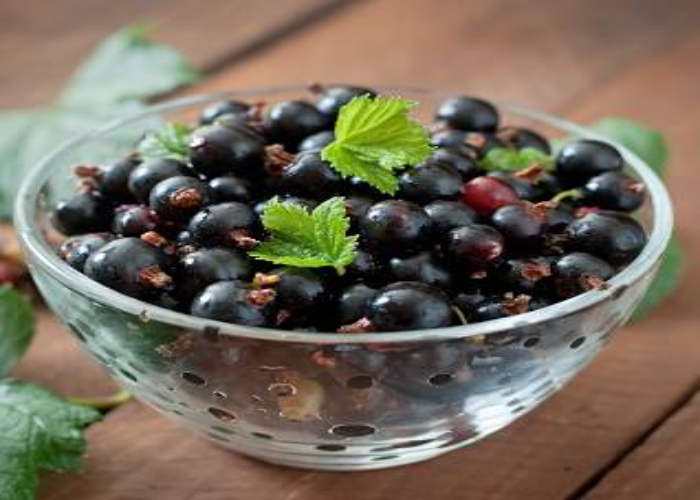
Why Is It a Good Idea to Prune Currant Bushes?
Blackcurrant bush pruning significantly increases its fruit yield and maintains the plants. But one of the most vital things is to understand what kind of bushes can be pruned and when to prune blackcurrant in the UK. Because depending on this, you can prune the blackcurrant bushes in your garden.
Recent research shows blackcurrants are the best fruit plants, and their vigorous growth and healthy pruning provide productive new ones from a healthy base. Hence pruning endeavours to eliminate a couple of the most seasoned, least helpful stems every year and empower the development of new ones from the base. It will give a consistent stockpile of new branches for ideal harvests whenever done every year. Eliminating the more seasoned, less valuable stems empowers new ones to grow from the base, producing organic products well for a long time before becoming less productive and requiring evacuation.
Cultivated Black Currant Varieties
1. Ben Connan
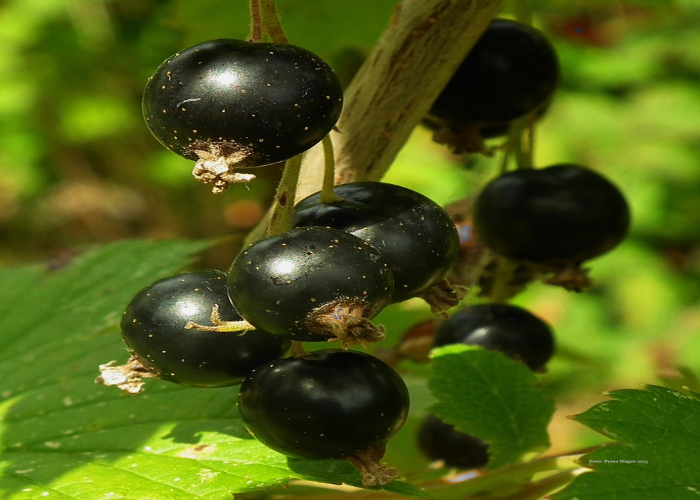
Ben Connan blackcurrant is known as the most abundant plant variety of blackcurrant. It is framed to produce up to 7 pounds of fruit in one plant. The fruits come in various flavours and contain many nutrients for cooking and canning. The berries are more noticeable than run-of-the-mill, and the bush is impervious to mold and the leaf-twisting midge. The natural product’s weight might require the branches’ help close to collect. After just three years, the plants are productive and yield as long as twelve years.
2. Ben Lomond
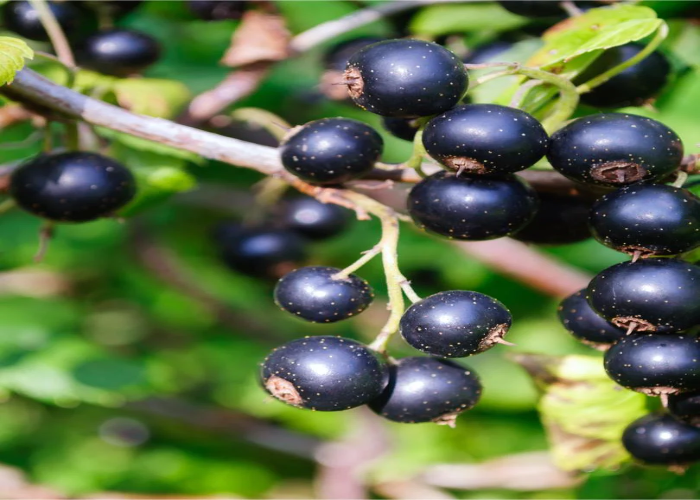
It is the first variety of blackcurrant bushes introduced in the United Kingdom. Its main aim is to bloom in the late spring and grow well in colder climates, which benefits these bushes from the protection of harsh winter. The Ben Lomond had significant mold obstruction when initially presented however has been decisively lessened in the ensuing years. Pruning assists with decreasing mold risk.
3. Big Ben
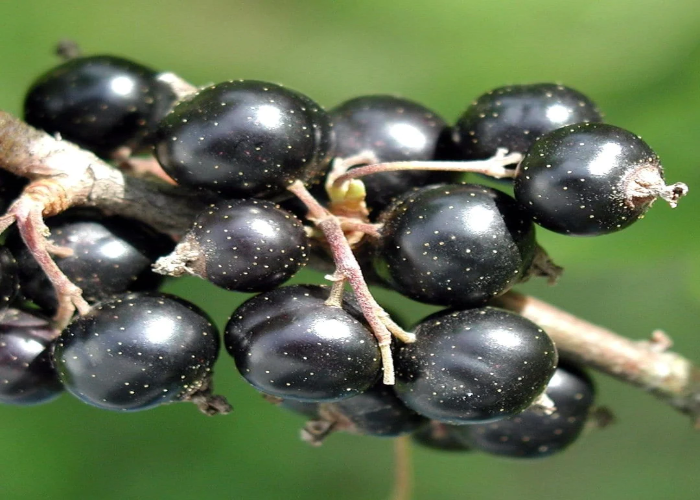
Big Ben is another cultivar developed only for home grounds-keepers, highlighting an excellent, sweet natural product from the hedge. Giant Ben berries are likewise scrumptious while cooked, making them a brilliant double-reason currant. The bushes can produce entire crops as early as three years after reaching six feet. The plant is highly resistant to disease, particularly mildew and leaf spots. It delivers early harvests.
4. Crandall
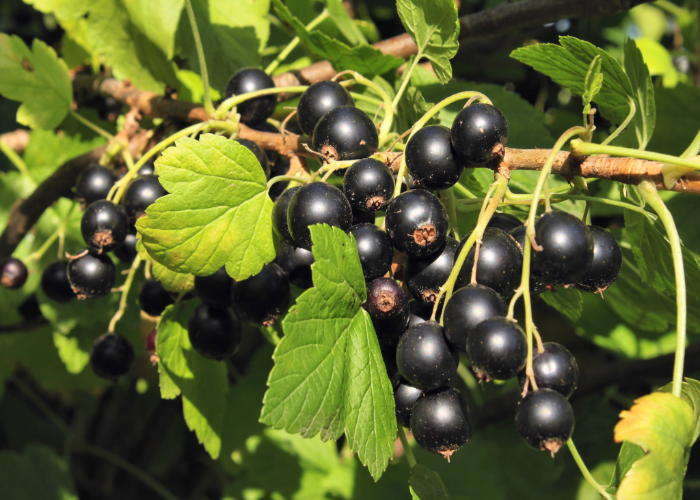
Crandall, frequently known as the clove current because of its seriously fragrant blooms, is a simple to develop, rust-proof, and delightful plant with leaves, and thus, the pre-fall gets out blood red and gold harvest time. It blossoms in overflow in late winter and is fruitful in August. Crandall dark currants are enormous, sweet, and tasty, with a hint of zestiness.
5. Ben Hope
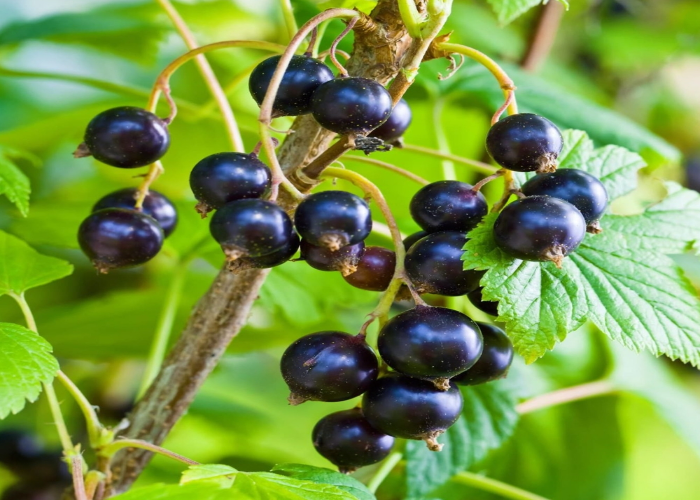
Understandably, Ben Hope is English nursery workers’ most well-known blackcurrant assortment. The berry’s versatility originates from a crossover between numerous blackcurrants and a gooseberry. Ben Hope gets by and grows out of an intermittent bug or infection. It might fill in many conditions. You’ll have a great plant if you keep up with the underlying foundations of this kind wholly mulched.
How to Grow Blackcurrant Bushes?
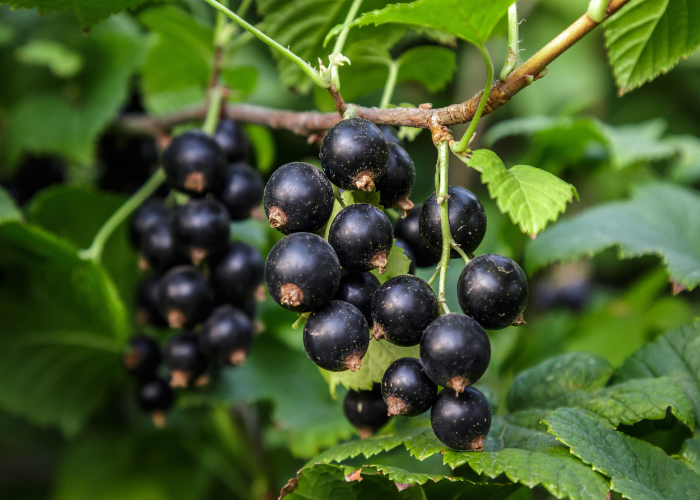
You have many options if you have a tiny yard and want to grow fruit plants. Here blackcurrant comes in handy. Blackcurrants are easy and rewarding to grow, producing a delicious summer harvest with minimal upkeep. They’re usually grown as multi-stemmed shrubs, around 1.5m (5ft) tall and wide, with 6–10 upright stems arising from the base. The more compact varieties can be grown in a large container if the space is tight, at least for a few years, although they will be far better in the ground. Another space-saving option is to buy a standard-trained blackcurrant, shaped like a lollipop, on a single, tall stem. Blackcurrant evolves anywhere, including in a raised garden bed. But what they require the most is sunlight.
To raise healthy blackcurrants, follow some easy steps. Purchase a new variety or take two or three types of saplings. Take a few extra cuttings and gift the pruned original to a friend. This yields superior plants after three years. Ensure the soil has been cleared of weeds and contains minerals with the help of natural compost and manure. Blackcurrants should be planted around 2 inches (5 cm) deeper than the soil surface to encourage the growth of new shoots. While it establishes itself, keep it well-watered to ensure its growth. When it becomes colder, you’ll need to plan ways to shield plants from the weather. And the essential pruning to your list of garden chores for the winter to maintain the blackcurrants.
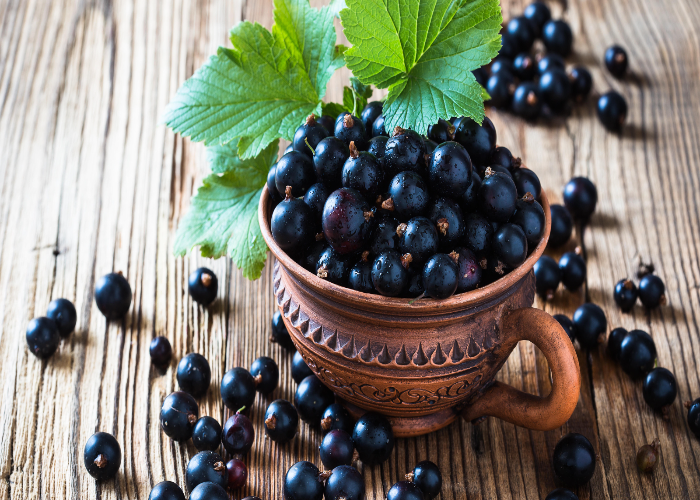
As the name defines the fruit, Black currants are thoroughly and uniformly black when mature. Still, there are some significant highlighters with the change in the place. Many European types have clusters that develop from the top down, whereas some cultivars have clusters that ripen all at once. Some varieties of black currants feature single fruit rather than groups. Blackberry clusters on “Consort” mature all at once. Modern types such as ‘Ben Connan,’ ‘Ben Sarek,’ ‘Ben Hope,’ and ‘Big Ben’ also have the advantage that most of the currants in a cluster ripen simultaneously, so you can simply pick the whole bunch. With older varieties, individual currants usually ripen at different times, so they must be picked individually, which is more fiddly and time-consuming.
Although the plants are self-fertile, the fruit is best when at least two black currant bushes are nearby for pollination. That’s why blackcurrants are grown in the clusters; some chances might be of the same kind. The blackcurrant cultivator will determine the beat harvesting method. Harvest the berries when they are black and somewhat tacky to the touch. But that’s the best time to pluck them. Blackcurrant is not very sweet and has a sour, musk flavour. Most people don’t like that sourness. Then the best option for them is dried blackcurrants in teas or juice. People can keep its freshness by making it frozen or used in wine, baking, or jam. Other than this, like black elderberry or bilberries, dried black currants are used in herbal tinctures and syrups for their potent antioxidant properties that boost the immune system and eye health.
When to Prune Blackcurrants in The UK?
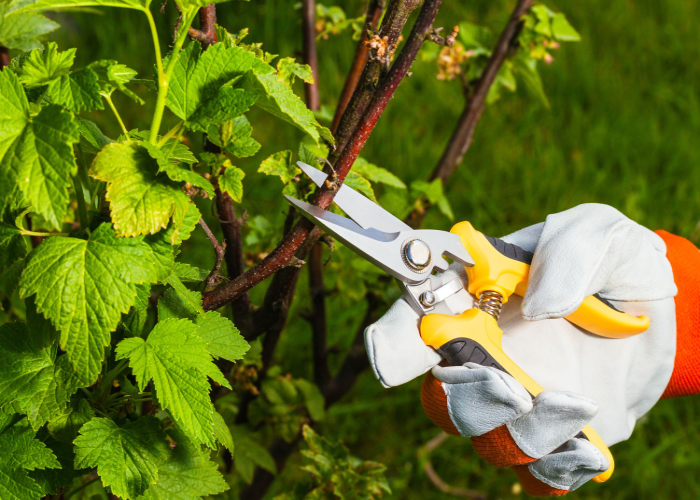
Have you ever questioned why blackcurrants thrive so much in the UK? Well, it’s because of its chilly winters and mild summers. Since more than 500 years ago, blackcurrants have flourished in the UK. Two thousand hectares of blackcurrant fields are managed by farmers affiliated with the Blackcurrant Foundation. Due to the UK’s ideal growth circumstances, this tiny fruit has a special place in British history. Many dishes like pies, jams, and ice creams are made from this fruit. So here, it is explained clearly when to prune blackcurrants in the UK, which will help you grow them in your garden quickly and successfully.
Blackcurrants blossom at the ideal period for the best pollination throughout the winter because of the cold spells that occur throughout Europe. Before forming buds in the spring, they require over 2,000 hours of cold (below 7 c). This guarantees buds open quickly in the spring and lowers the possibility of fresh buds being damaged by frost. This also implies that they bloom when many important pollinators are present, primarily bees, butterflies, moths, and other insects. Blackcurrants are harvested in July and August when the berries are at their best; thus, a chilly winter followed by increasing temperatures in spring and summer is necessary for a strong crop.
Concluding Thoughts
This year, consider planting black currants in your yard to have your fruit. Black currant bushes are prolific once they start bearing fruit, which takes a few years. More berries will be available than you can use them. To have the best taste, It’s crucial to remember that when you prune blackcurrants in the UK, they should be ripened in an environment suitable for this fruit.
Black currants are rich in potassium, phosphate, calcium, and vitamins A and C. They taste fantastic whether consumed raw, preserved as jam, or cooked into pies. They taste great when prepared with seafood, chicken, or beef if you want to be inventive.
Cultivating blackcurrants is easy. Because they are one of the few soft fruit bushes that like moist soil near water, and they produce smaller harvests than low fruit in response to dappled shade.

